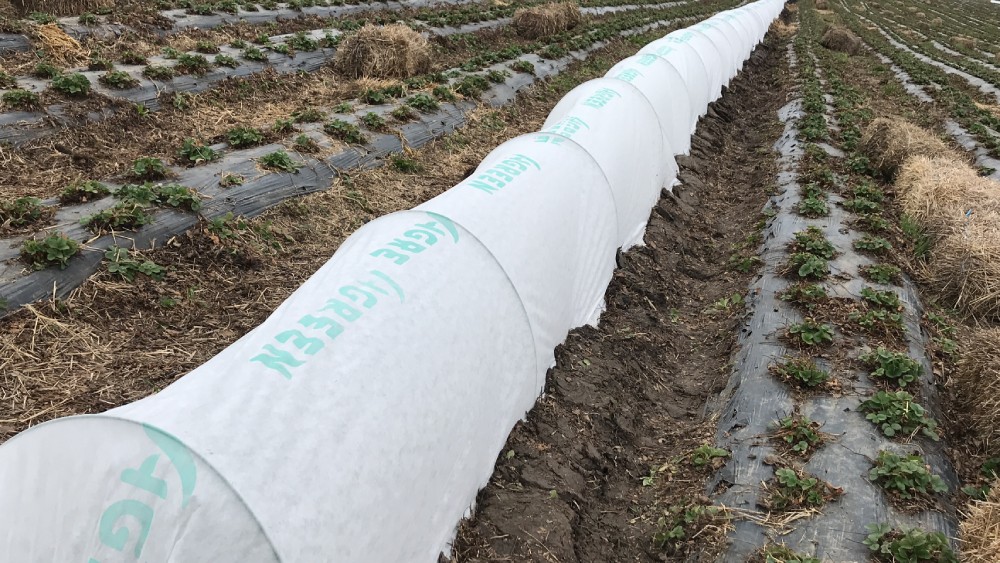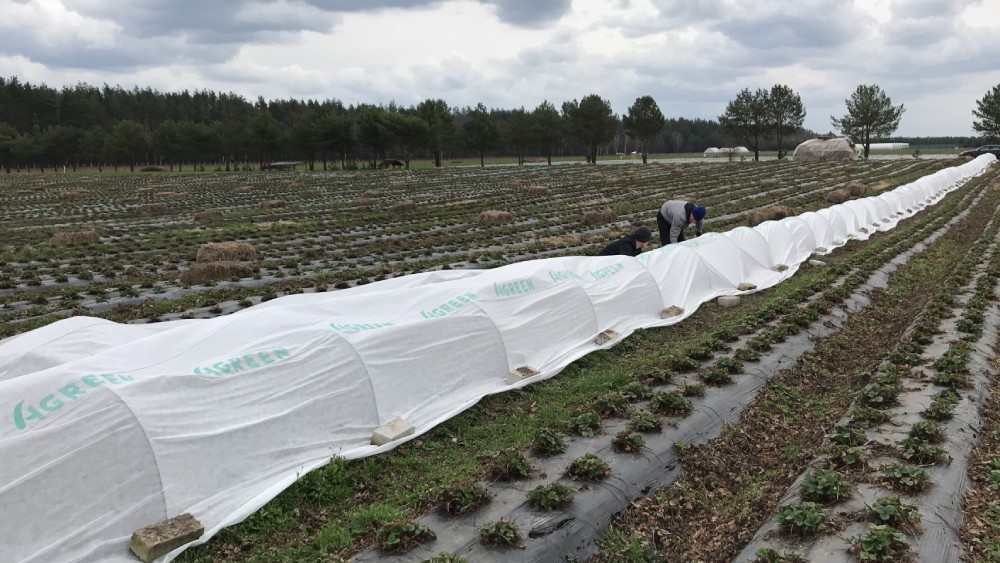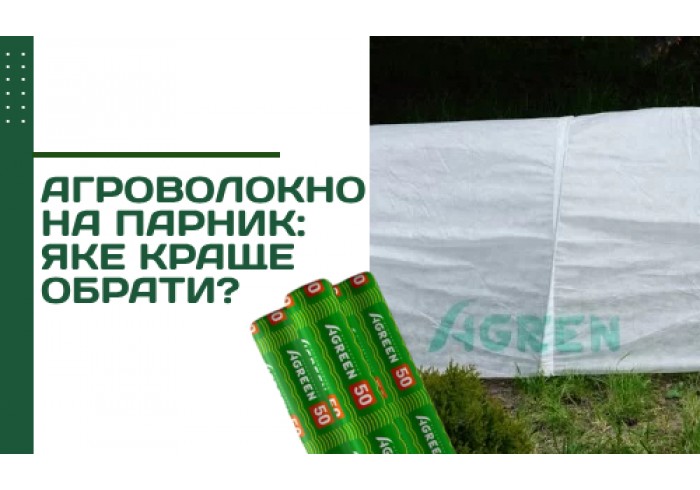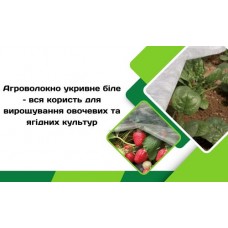Agricultural Fabric for Greenhouses: How to Choose the Best Option
Agricultural fabric is one of the most commonly used materials for covering plants in greenhouse setups. Its functional properties help create an optimal microclimate inside the structure, enabling high yields in any weather conditions, even during early frosts.
The question of which agricultural fabric is best for greenhouses is relevant for both novice and experienced gardeners. The material's type determines its specific features. Before setting up a greenhouse, it's essential to define your goals and select agricultural fabric with the most suitable characteristics. Let’s explore its features in more detail.
Agricultural Fabric: Properties
This material is widely used in agriculture and other applications, such as protecting plants from excessive UV radiation. Its versatility makes it an indispensable part of greenhouse equipment.

Agricultural fabric offers the following benefits:
- Frost Protection: Depending on the selected density, it provides protection down to -7°C.
- Light Transmission: Its structure diffuses sunlight, ensuring plants receive an optimal amount of light.
- Air Permeability: The fabric allows air circulation, promoting healthy plant growth.
- Pest Protection: A greenhouse covered with agricultural fabric acts as a barrier, preventing unwanted insects from entering.
- Durability: It withstands various external factors such as UV rays, humidity, and temperature fluctuations.
Types of Agricultural Fabric and Classification Criteria
There are three types of this material, distinguished by color, purpose, and properties. For greenhouses and hothouses, white agricultural fabric is typically used. It can be classified based on density.
Density and Temperature Protection
The fabric's density determines its ability to shield against low temperatures:
- 17 g/m²: The thinnest fabric, providing protection against light frosts; mainly used for covering soil after planting crops.
- 19 g/m²: Commonly used to cover seedlings, offering protection at temperatures down to -3°C.
- 23 g/m²: Suitable for temperatures down to -5°C.
- 30 g/m²: Frequently used for greenhouse construction, maintaining an optimal microclimate inside during frosts up to -5°C.
- 42 g/m²: Effective at creating a stable internal climate when outdoor temperatures drop to -7°C.
- 50 g/m²: This heavy-duty fabric withstands severe frosts and strong winds, making it ideal for permanent or long-term structures.

Size Considerations
When selecting agricultural fabric for a greenhouse, it's also essential to consider the material’s size. Choose the fabric according to the dimensions of the area where the greenhouse will be installed. The most common and convenient options are fabrics with a width starting from 2 meters.
Where to Buy High-Quality White Agricultural Fabric
It’s best to purchase white agricultural fabric from a trusted manufacturer that guarantees high-quality products and a wide selection, allowing you to find the perfect material for your specific needs. TM Agreen offers a range of products, including standalone components for greenhouses and hothouses, as well as ready-to-use kits.
Agreen’s agricultural fabric sheets are joined using a patented technology. By choosing Agreen, you are selecting quality and ensuring successful harvests in any conditions.
Related Articles
White covering agrofibre – all the benefits for growing vegetable and berry crops
White agrotextile creates optimal conditions for plant development. Thanks to its porous, “breathable” structure, air passes freely through the spunbond, ensuring natural ventilation, while the white color promotes the passage of sunlight necessary for photosynthesis.




